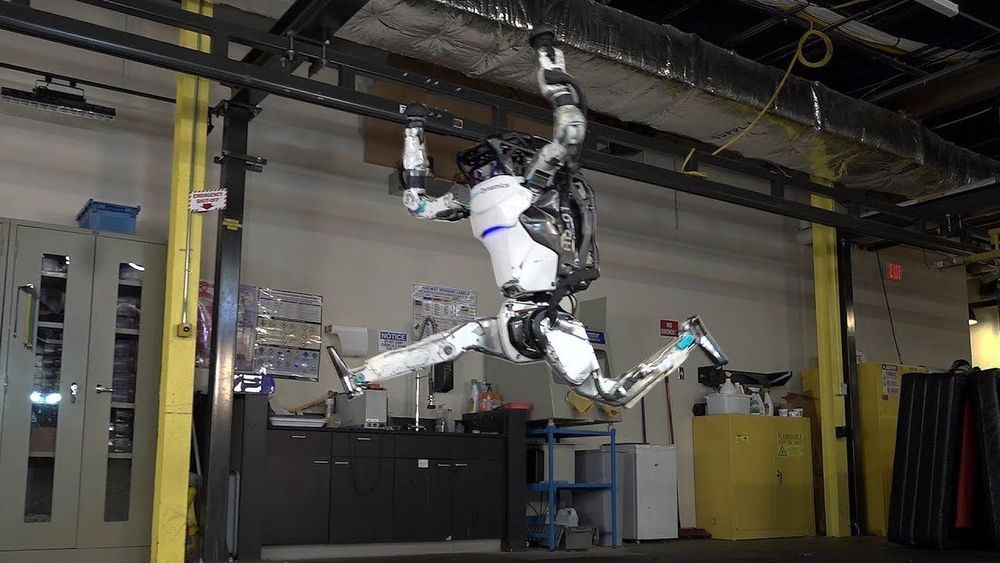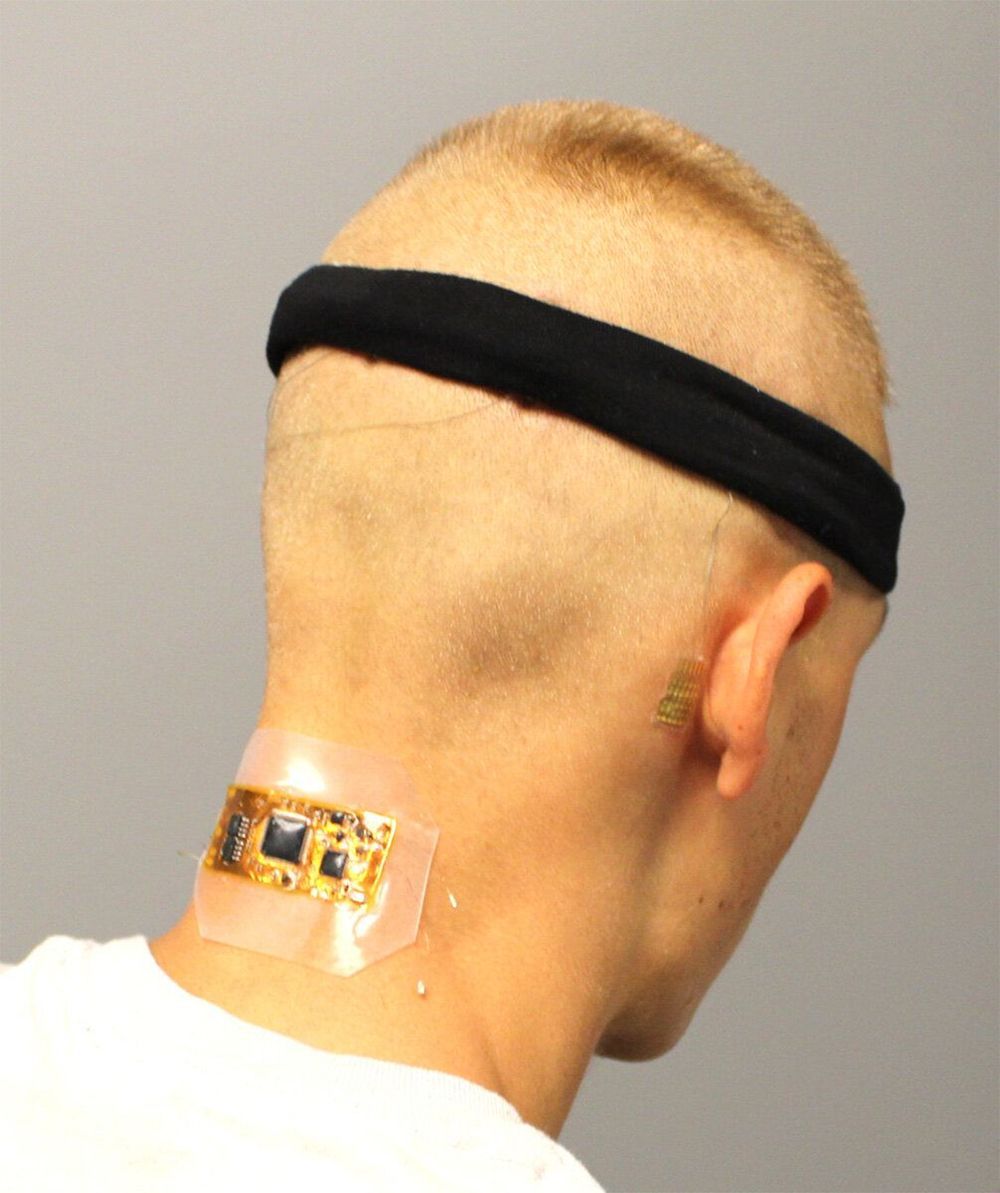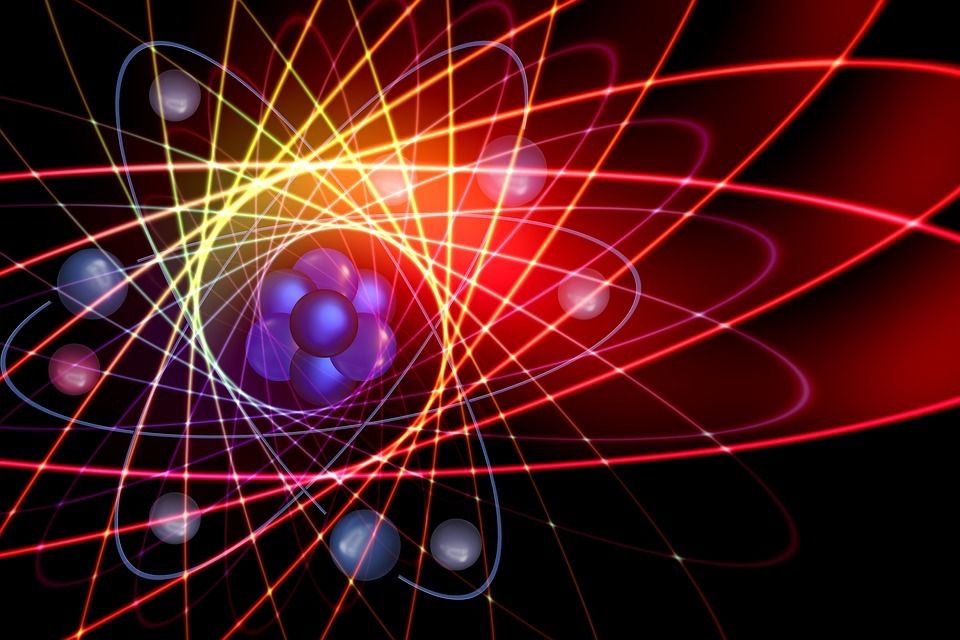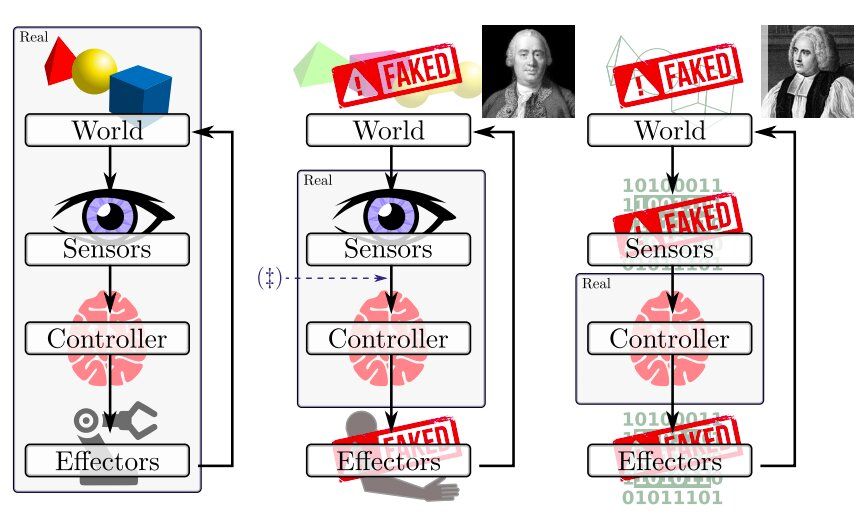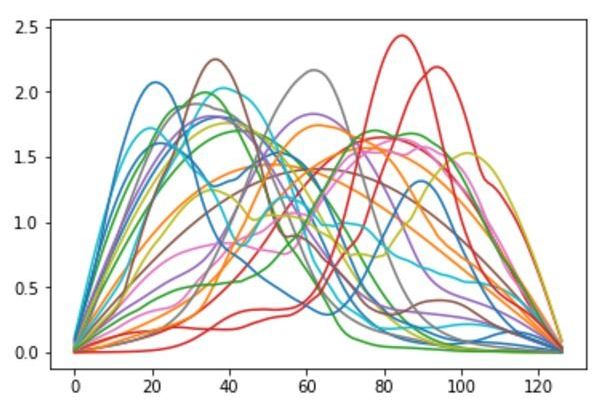Sep 25, 2019
Algorithms could stop an ‘internet of things’ attack from bringing down the power grid
Posted by Saúl Morales Rodriguéz in categories: engineering, information science, internet, security
Last year, Princeton researchers identified a disturbing security flaw in which hackers could someday exploit internet-connected appliances to wreak havoc on the electrical grid. Now, the same research team has released algorithms to make the grid more resilient to such attacks.
In a paper published online in the journal IEEE Transactions on Network Science and Engineering, a team from Princeton’s Department of Electrical Engineering presented algorithms to protect against potential attacks that would spike demand from high-wattage devices such as air conditioners—all part of the “internet of things”—in an effort to overload the power grid.
“The cyberphysical nature of the grid makes this threat very important to counter, because a large-scale blackout can have very critical consequences,” said study author Prateek Mittal, an associate professor of electrical engineering.


